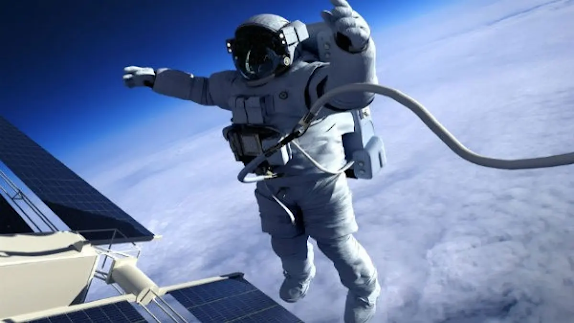What is Gaganyaan? India’s Manned Space Flight Gaganyaan to be Launched in the Fourth Quarter of 2024
Gaganyaan is a mission by the Indian Space Research Organisation (ISRO) to send a three-member crew to space for a period of five to seven days by 2022.
- The space mission was first announced by Prime Minister Narendra Modi in 2018 in his independence day address to the nation.
- Ahead of the manned mission, ISRO plans to send two unmanned missions to space as part of the Gaganyaan mission.
- The first unmanned mission was scheduled to be sent in December 2020 and the second mission was scheduled for June 2021.
- However, the first unmanned mission has been delayed because of the disruption in ISRO’s work and operations on account of the coronavirus pandemic.
- The Gaganyaan spacecraft will be placed in a low earth orbit (LEO) of 300-400 kilometres.
- The total programme cost is expected to be under Rs.10000 crore.
- Gaganyaan is significant because it is the first indigenous mission that will send Indian astronauts to space. If it succeeds, India will be the fourth country to have sent a human to space, the other three being the US, Russia and China.
- ISRO is developing the spacecraft and Russia is helping in the training of the astronauts.
Gaganyaan Impact
The success of Gaganyaan can lead to many more experiments with spaceflight missions. It will also give a fillip to India’s dream of setting up its own space station.
Gaganyaan Spacecraft & Launch Vehicle
The spacecraft consists of a service module and a crew module, collectively known as the Orbital Module. The launch vehicle used for this mission will be the Geosynchronous Satellite Launch Vehicle GSLV Mk III. GSLV Mk III has the required payload capacity for the mission. Read more about GSLV Mk III in the linked article.
Gaganyaan Human Space Flight
The human spaceflight is expected to take about 16 minutes to reach the intended low earth orbit.
- The three astronauts will leave for space in the crew module, which would have a 3.7 m diameter and a height of 7 m.
- The astronauts’ orange space suits were created by the Vikram Sarabhai Space Centre, Thiruvananthapuram. Get a list of other space research centres in India in the linked article.
- The suit can hold one oxygen cylinder which will permit the astronauts to breathe in space for an hour.
- The manned mission will rotate around the earth every 90 minutes.
- The astronauts will be able to see sunrise and sunset, see India from space every 24 hours, and will also perform experiments on microgravity.
- The spacecraft will take about 36 hours for the return journey and will land in the Arabian Sea off the Gujarat coast.
- In order to take this mission to fruition, ISRO has worked on crucial technologies such as crew escape system, re-entry mission capability, thermal protection system, crew module configuration, deceleration and flotation system, and subsystems of life support systems.
Training for the astronauts
- ISRO has signed a contract with a subsidiary of ROSCOSMOS (the Russian space agency), called Gavkosmos for preparing the Indian astronauts selected for the mission.
- The four selected astronauts are undergoing medical and physical training, apart from learning the Russian language, which is considered one of the important languages of space communication.
- The astronaut candidates will also be trained in simulations in a centrifuge and in a hyperbaric chamber (pressurized room) to prepare them for conditions like G-force, hypoxia and pressure drops during spaceflight.
- The training would be tough since they have to get acclimatised to gravitational changes that will cause physiological changes.
- Changing gravity can cause fluctuations in the blood pressure particularly during re-entry to earth or landing, and can even cause unconsciousness sometimes. Astronauts may also face motion sickness while experiencing weightlessness in space.
- The training in Russia will be for a year after which the astronauts will receive module-specific training in India.
- All the candidate astronauts are pilots from the Indian Air Force. They were shortlisted from about 25 pilots by the Air Force.
Gaganyaan Unmanned Missions :
Prior to the human space flight mission, two unmanned missions are planned as mentioned above.
Before the unmanned missions, ISRO will have to complete many tests, the most important are:
- Air drop test for the parachute system that will demonstrate the ability to successfully recover an orbiting space capsule.
- Flight test of the test vehicle.
- Abort test to demonstrate the escape of the crew in case of an emergency at the launch pad.
Six tests have been shortlisted by ISRO to be carried out onboard the first unmanned space mission. Some of the tests are biological tests including a study on changes in kidney stone formation in drosophila melanogaster (the common fruit fly), the study of SIRT1 gene in it, microbial contamination, and co-crystallisation under microgravity conditions.







0 মন্তব্যসমূহ